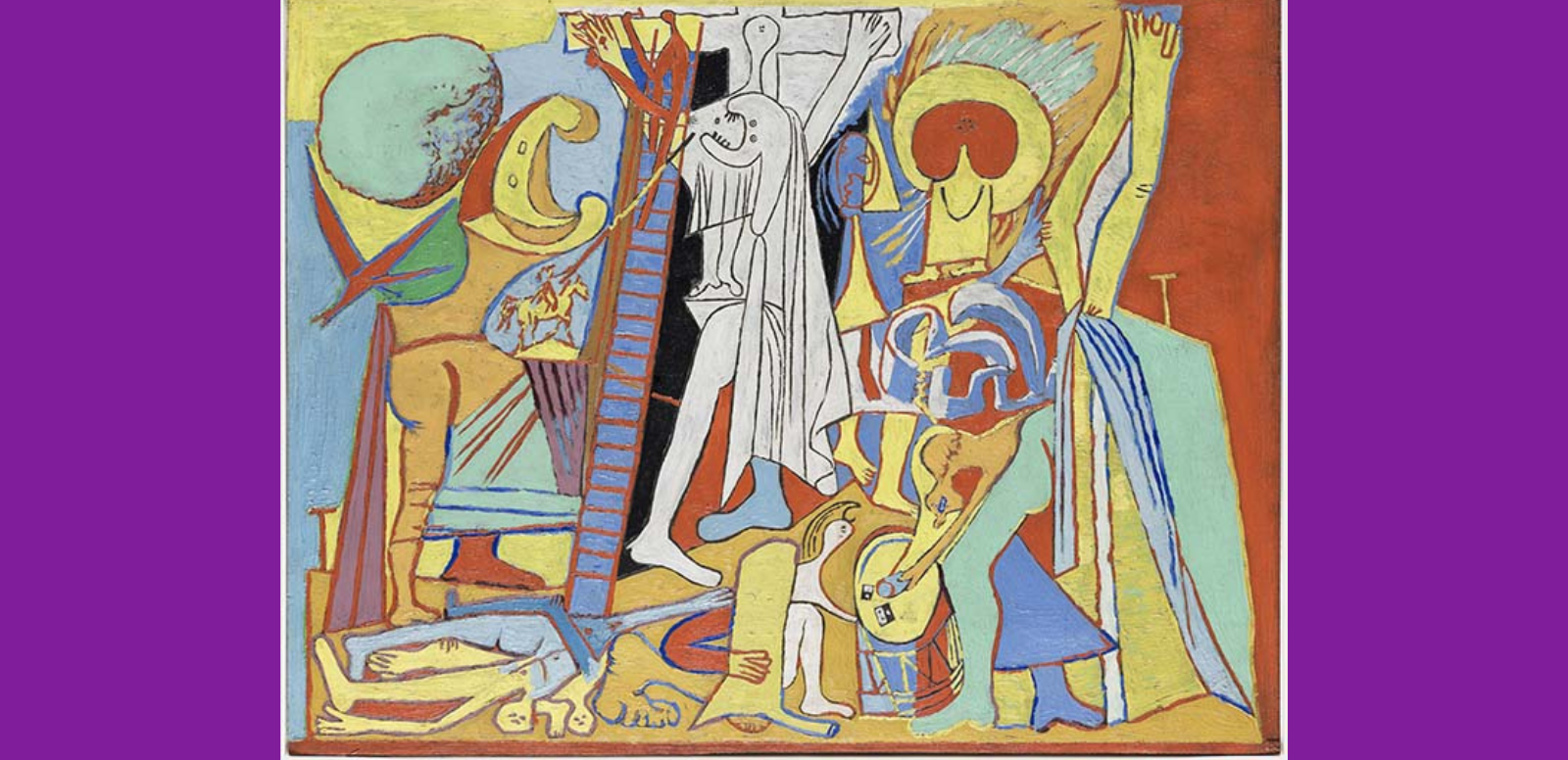
© Sucesión Picasso, VEGAP, Madrid, 2023.
Monday: 12:00 - 16:00
From Tuesday to Sunday: 10:00 - 19:00
The National Museum Thyssen-Bornemisza presents Picasso, the sacred and the profane, which will be open from October 4 to January 14, 2024. The exhibition will be inaugurated this afternoon in a ceremony attended by the Minister of Culture and Sport, Miquel Iceta.
This is the second and last exhibition that the museum exhibits as part of the Picasso Celebration 1973-2023, after having opened Picasso/Chanel to the public from October 2022 to January 2023.
Curated by Paloma Alarcó, head of modern painting conservation at the National Museum, Picasso, the Sacred and the Profane delves into the boldness and originality with which Picasso explored both the classical world and themes rooted in the Judeo-Christian tradition. The exhibition reveals the Malaga-born artist's ability to integrate elements and issues from preceding art and to reflect on the ultimate essence of painting.
For Picasso, art was a means of exorcising his own fears and confronting the challenges of humanity. He considered himself a shaman, an artist endowed with a supernatural power capable of transforming the visible world. In this context, the artist played a fundamental role as an intermediary between cultures, civilizations and between art and the viewer. His artistic themes blur the line between the sacred and the profane.
This artistic project highlights the uniqueness and paradoxes of Picasso's art, and delves into his personal reinterpretation of the themes and genres of the Spanish artistic tradition, within the European tradition. It also addresses his ability to fuse pagan and Christian myths and rites in his creations, especially when dealing with universal issues such as life, death, sex, violence and pain.
Picasso, the Sacred and the Profane is structured in three thematic sections: Iconophagy, which explores the appropriation of aspects of the past through the contemplation of works in museums or photographic reproductions that Picasso meticulously collected; Personal Labyrinth, focused on the narration of his personal obsessions through the reworking of classical myths and epics; and Sacred and Profane Rites, which explores his approach to pagan rituals and sacramental heritage through various Christian allegories and cosmologies.

